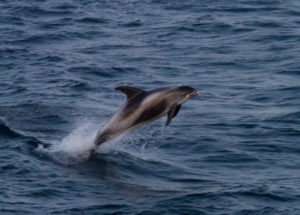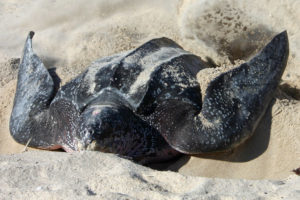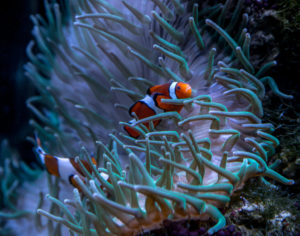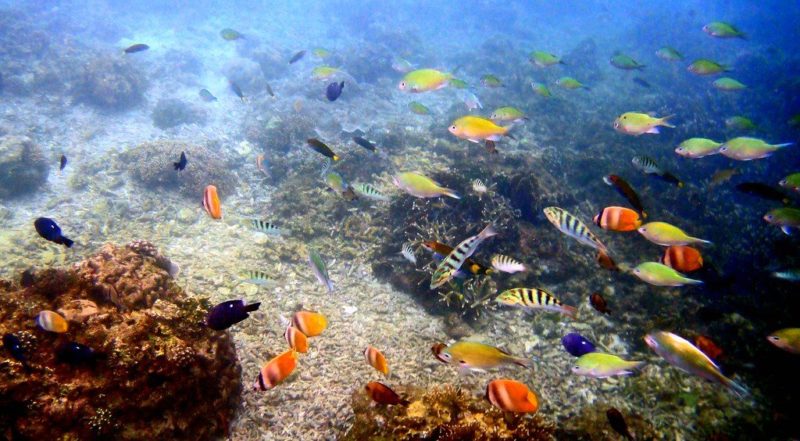Save Our Seas
Climate change has caused a change in all aspects of life. Our wildlife in the UK is experiencing negative effects. Although all animals are impacted by the climate crisis, marine wildlife is experiencing a loss of habitats (homes) and their needs for survival are being torn away from them.
White Beaked Dolphins

White Beaked Dolphins(Flickr)
White Beaked Dolphins are found in mild and colder waters of the North Atlantic Ocean. Global warming is leading to a rise in the ocean/sea temperatures, resulting in the white beaked dolphins being forced out of their habitats. They require colder waters in order to survive, so if we see further rising in sea temperatures, this may cause the dolphins to move to cooler waters, for example the Arctic Ocean. This could potentially lead to a local extinction of this species.
Leatherback Turtles

Leatherback Turtle (Flickr)
Leatherback Turtles live in warmer waters at the time of year when baby turtles are born, however they travel to the cold and mild waters (e.g. The UK) beforehand to feed on jellyfish. An increase of plastic pollution in world oceans has killed many leatherback turtles and a loss of habitat has left them critically endangered. Global warming is also having a negative impact on them as hotter sand temperature is affecting the balance between male and female turtles. Rising sea levels are also destroying their nests, leaving them with no shelter from storms and other animals. This means they are more likely to be in danger, and may result in them dying.
Clownfish

Clownfish (Flickr)
Clownfish live in warm waters (e.g. Pacific Ocean). They tend to live in coral reefs (like in Finding Nemo) and lagoons. Due to the oceans and seas becoming more acidic, The Great Barrier Reef is experiencing bleaching, leading to clownfish losing their habitats. Unfortunately, in a recent study, is has been found that clownfish wont be able to adjust to their environment which has been changed as a result of climate change, which in time might cause them to become endangered or even extinct (die out).
By Cara E Scott
References:
Image 1:“White Beaked Dolphin” by naturalengland is licensed under CC BY-NC-ND 2.0
Image 2: “Leatherback Turtle Nesting” by MyFWC Florida Fish and Wildlife is licensed under CC BY-ND 2.0
Image 3: “Clownfish” by PangolinOne is licensed under CC BY-NC-SA 2.0
WWF. 2021. 9 UK species affected by climate change. [online] Available at: <https://www.wwf.org.uk/updates/9-uk-species-affected-climate-change#:~:text=Kittiwake%20and%20Guillemots%20are%20both,and%20guillemots%20are%20in%20decline.> [Accessed 3 November 2021].
Whale & Dolphin Conservation UK. 2021. White-beaked dolphin – Whale and Dolphin Conservation. [online] Available at: <https://uk.whales.org/whales-dolphins/species-guide/white-beaked-dolphin/> [Accessed 3 November 2021].
Great Barrier Reef Foundation. 2021. Clownfish Facts. [online] Available at: <https://www.barrierreef.org/the-reef/animals/clownfish#:~:text=Clownfish%20are%20found%20in%20warm,scraps%20the%20anemone%20leaves%20behind.> [Accessed 3 November 2021].
Bbc.co.uk. 2021. [online] Available at: <https://www.bbc.co.uk/newsround/41579839> [Accessed 3 November 2021].


